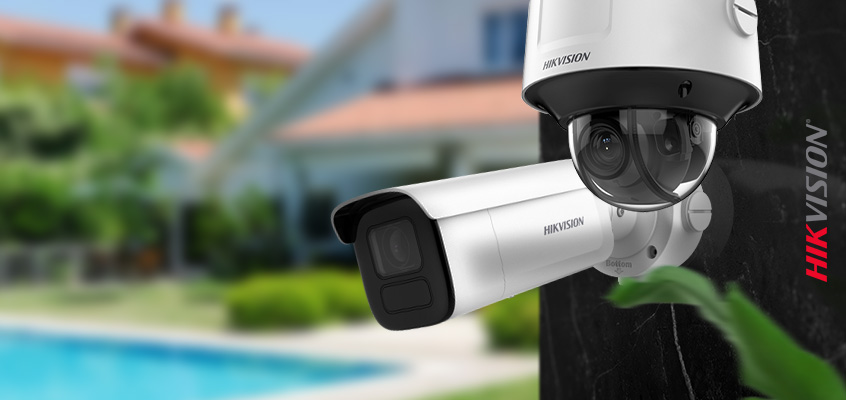Motorized Varifocal Cameras with ColorVu Featuring Bullet and Dome Camera Models

Hikvision’s elite ColorVu technology provides vivid, colorful images 24/7 thanks to advanced F1.0 lenses and high-performance sensors. The F1.0 super-aperture produces brighter images by collecting more light. Since Hikvision has expanded and enhanced its lineup, the new Motorized Varifocal Cameras with ColorVu is an example of this exciting light-collecting technology.
The motorized varifocal lens makes installation and monitoring easy. These cameras enhance human and vehicle target classification with deep learning algorithms. Advanced sensor technology also improves the utilization of available light.
Hikvision’s Motorized Varifocal Cameras also include:
- Water and dust resistance (IP67)
- Vandal-resistance (IK10)
- 130 dB WDR technology delivering clear imaging against strong backlight
- Triggered alarms for human and vehicle target classification
John Xiao, Vice President of Marketing, Hikvision USA said in this press release, “The latest additions to our outdoor cameras utilize ColorVu technology to deliver unparalleled brightness and crystal-clear images in ultra-low light and complete darkness. For users, this translates to increased situational awareness, the elimination of costs and hassles associated with additional scene lighting, and highly detailed images even in the most challenging conditions.”
The new Motorized Varifocal Network Cameras with ColorVu are available in either a bullet or dome body style. Learn more about these cameras on our website.
